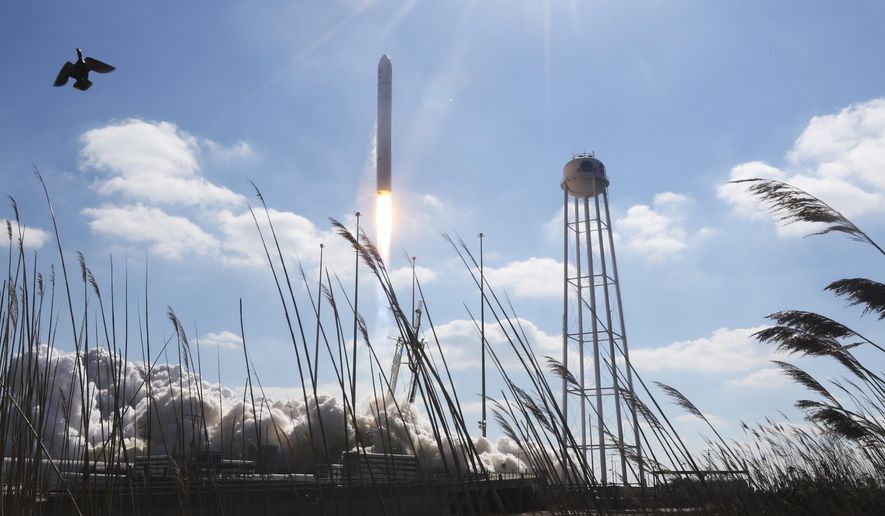Researchers on Wednesday launched a salvo of rockets from NASA’s Wallops Flight Facility in Virginia as part of the Pentagon‘s push to develop advanced hypersonic technologies. The test flight of three sounding rockets — used to take measurements — came less than a week after reports that China may have tested its own nuclear-capable hypersonic missile.
The tests will be used in the development of hypersonic missiles for the Navy and the Army. The Navy‘s platform is called the Conventional Prompt Strike (CPS) program, while the Army’s is the Long Range Hypersonic Weapon (LRHW,) Pentagon officials said.
Researchers from Sandia National Laboratories, Oak Ridge National Laboratories, Johns Hopkins University, and several defense contractors conducted the tests. Sounding rockets fill a critical gap between ground testing and full-system flight testing.
“These launches allow for frequent and regular flight testing opportunities to support rapid maturation of offensive and defensive hypersonic technologies,” Navy officials said in a statement. “This test is a vital step in the development of a Navy-designed common hypersonic missile.”
Developing hypersonic weapons is among the highest priorities for the Pentagon. They are capable of flying at speeds greater than five times the speed of sound but are highly maneuverable and can operate at different altitudes.
Some critics warn the U.S. military has already fallen behind both Russia and China in the race to develop the new class of weaponry.
The missile now under development will consist of a glide body and booster, and will be fielded by both the Navy and the Army. The individual weapons systems and the launchers will be tailored for launch from the sea or land. Navy officials said the body design of the current missile was successfully tested in March 2020.
Pentagon officials said they plan to field operational hypersonic systems by the early-to-mid 2020s.
• Mike Glenn can be reached at mglenn@washingtontimes.com.




Please read our comment policy before commenting.